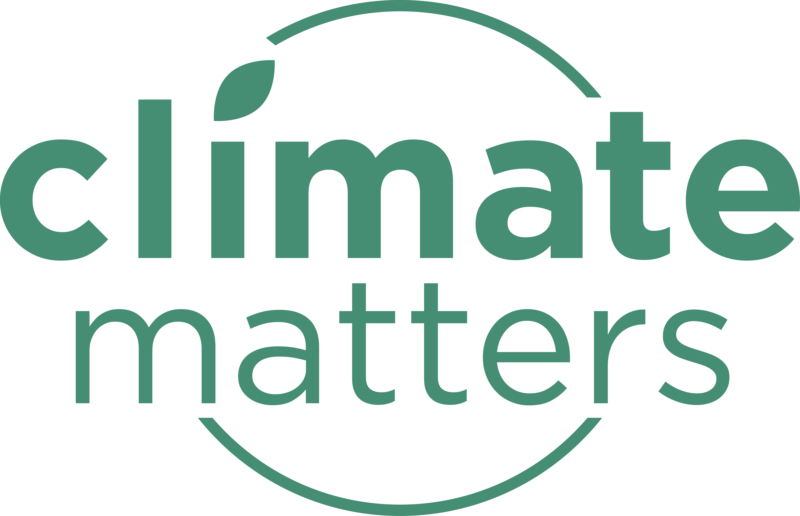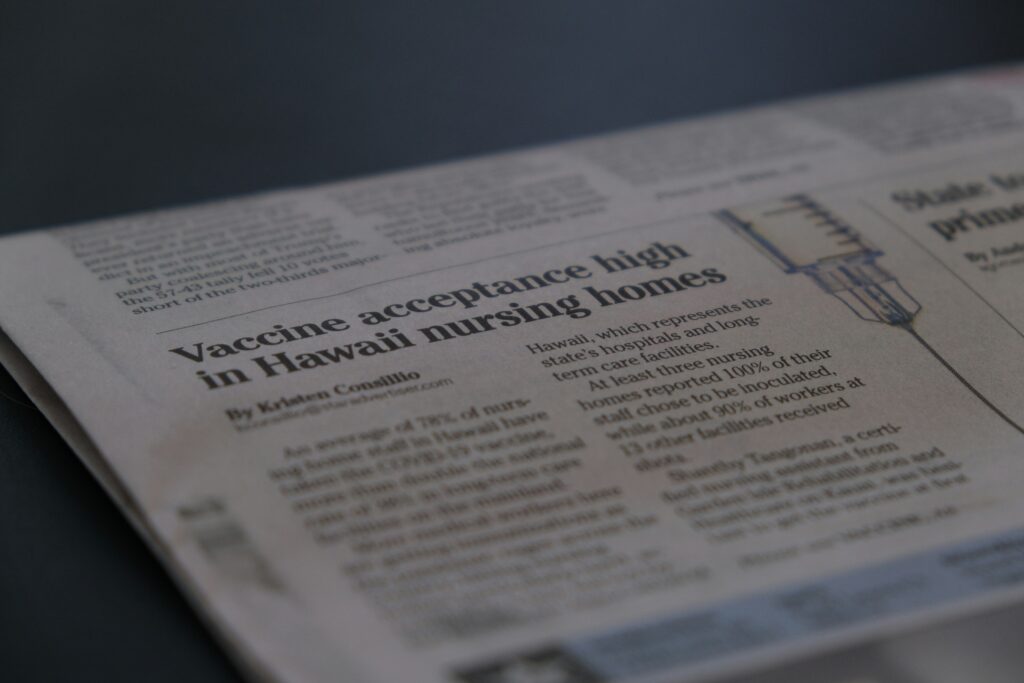Many people rely on scientific information for decision-making, both in everyday life and during times of crisis. In this regard, media play a crucial role because they mediate trust in science, but by now, few studies have directly examined how they do so.
In a study recently published in Public Understanding of Science that was conducted by Prof. Dr. Lars Guenther (LMU Munich) and myself (LMU Munich & University of Hamburg), we aimed to change that. The study was conducted as part of the research project TruSDi – The Trust Relationship between Science and Digitized Publics.
Previous research has not systematically examined how media convey trust in science. Many studies directly ask audiences about their trust in science or about their media use, but they often neglect to analyze the actual content communicated by the media.
Our goal was to examine which trust-relevant information appears in content about science at the level of media content. In an initial qualitative and explorative study, so-called trust cues were identified (see Schröder et al., 2025). The study presented here extends this, investigating the distribution of these trust cues in digital media environments:
Schröder, J. T., & Guenther, L. (2025). Mediating trust in content about science: Assessing trust cues in digital media environments. Public Understanding of Science, 0(0). https://doi.org/10.1177/09636625251337709
How trust cues shape public trust in science
Trust cues are pieces of information and linguistic markers that give public audiences reasons to trust scientists, scientific organizations, and the broader science system. The study showed that trust cues address diverse aspects related to expertise, integrity, benevolence, transparency, and dialogue (i.e., the dimensions of trust).
Based on those findings, we developed a codebook for this study in order to quantify these trust cues and to make their use across different media comparable. Through our quantitative content analysis of n = 906 sources of scientific information, we identified a wide range of trust cues and examined their distribution across different digital media formats.
Differences across media
Our findings highlight journalism as the most significant source of trust cues and scientists as the most frequently featured object of trust (compared to scientific institutions and the overall scientific system). However, we also found that female scientists are underrepresented. These differences across media types suggest that digital environments may shape public trust in science in diverse and nuanced ways.
Hence, from an overarching perspective, this study showed that different media use trust cues differently and, therefore, may impact audiences’ trust in science in different ways. Including these insights in future research on trust in science is essential to fully understand how media use influences this trust.

